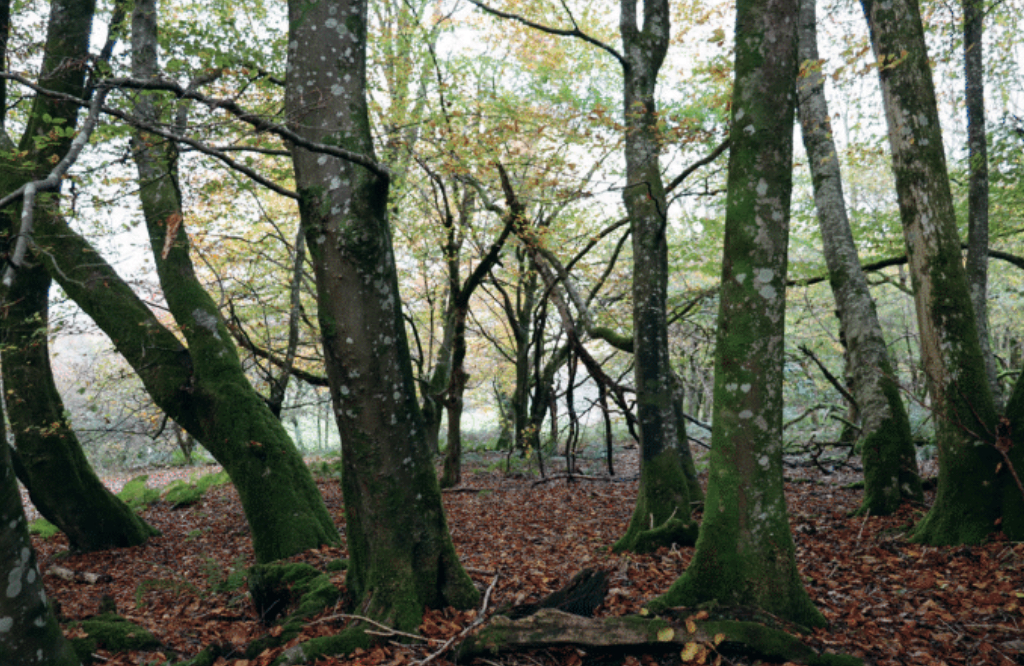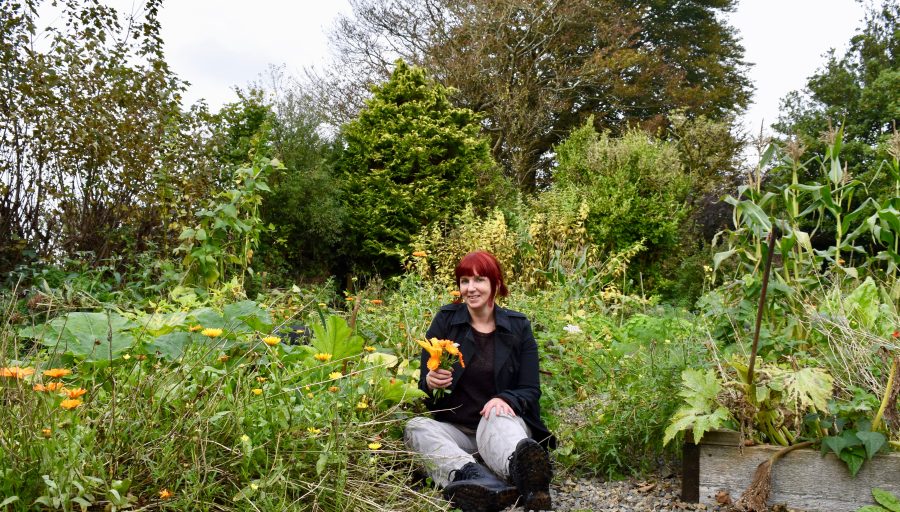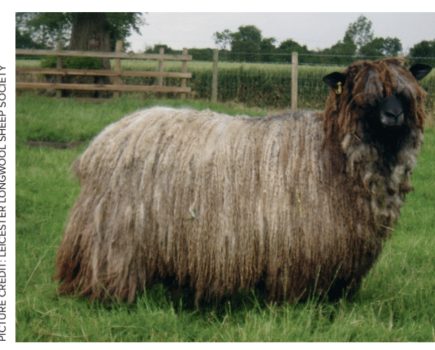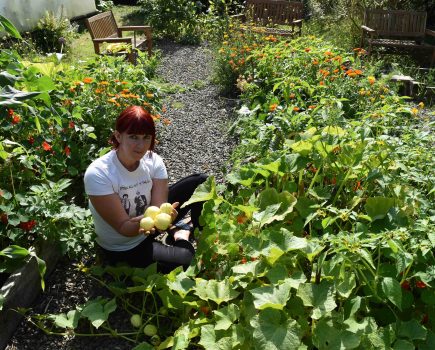Kim Stoddart, co-author of The Climate Change Garden, explains how to best prepare the vegetable garden for the months ahead…
It’s that time of year, as the daylight hours draw in thick and fast, when thoughts turn by default to wood burners, warming food and thick, woolly clothing. Traditional advice has always dictated the bedding down of the vegetable garden as it enters a stage of seasonal slumber.
The emphasis is on tidying away this year’s spent foliage before leaving it all well alone till the following spring. Yet, a veg patch can be really vulnerable to the elements with our increasingly mild, wet winters, so affording some protection against the risk of soil fertility being effectively washed away is absolutely key.
Also, it is possible to leave some produce in the ground for continued pickings which is great for further money saving and just enjoyable to do. So… with all of this in mind here are my top tips for a more resilient and productive vegetable garden this winter:
PROTECT SOIL
- Don’t dig it over, whatever you do, as this damages the structure of the soil and leaves it more vulnerable to the elements. It’s better to have something growing if possible in your beds as this boosts the ground’s ability to hold and retain more water than it would be able to cope with otherwise as roots bind the soil together. Even non-invasive weeds would be preferable to nothing at all.
- You can leave some crops in the ground for further picking opportunities over winter and into spring. Any knobbly or slightly nibbled beetroot can be left in situ for lovely spinach-like leaf harvests. Fennel can also grow back the following year if given the opportunity to grow on, chive also. Parsley plants are vitamin C packed resilient vegetable garden heroes and will grow on to flower and set seed in their second year if given the opportunity – for lots of low-maintenance seedlings for free.
- Late sowings of peas and beans can give you a head start on crop growth the following spring.
- Mulch your soil to afford protection with materials you are likely to have to hand on the smallholding. From a thin (one inch) layer of leaves, wood chip or comfrey, to sheep wool, seaweed, even cardboard will all help protect and feed soil over the months ahead.
- Consider green manures as a good soil improvement option. There are many varieties available from which to choose, I personally favour field beans which can be grown in and around other produce already in place and used successfully in a no dig system. They are nitrogen fixing and you get a crop of beans come spring so there are many benefits in one.
HOW TO CARRY ON GROWING IN THE WINTER
Whilst there are many winter varieties of lettuce and leaf available to buy, anything grown under some form of cover is going to have some protection from the elements, and produce a better quality of leaf as a result. You don’t need a polytunnel or greenhouse to benefit either, as existing beds can be covered with fleece, a make-shift cold frame or hoop tunnels. These can be homemade from old windows or shower doors, or bought in and used for many years to come. Pots can be brought inside the home and window sills can be utilised for a range of pick and come again opportunities all winter longer. Just some of the easiest options where seed can be sown now in the home include loose leaf lettuce, micro herbs and greens.
Do apply a mulch around winter edibles also as this helps them stand firm whatever-the-weather.

Leaves can be grown indoors in winter
PROTECT WILDLIFE THROUGH THE WINTER WEATHER
It is important to consider nature’s little helpers during the bleakest months of the year. We need them as much as they need us, as a greater threat of pests is one of the main challenges of our ever-changing climate, so natural pest control is an important ally. The more predators and biodiversity we can nurture, the more resilient our veg patches will be, as, say, an attack of aphids simply become food for the likes of ladybird and lacewing larvae and wasps.
Just leave a few spaces to break down naturally in the first instance and don’t weed so meticulously. Dead wood on trees can provide a vital overwinter home for the likes of solitary bees and seed heads can feed garden birds and many other creatures besides. A less tidied winter garden can also afford greater protection for the soil and plants growing within, so it’s a low-maintenance win all-round.
KIM’S CLIMATE-CHANGE-SAVVY TIP FOR NOVEMBER
Leaf mould has to be one of the best soil improvers going. As the trees dutifully shed an abundance of leaves in autumn, it is time to take advantage and create our own home-made supply. You don’t need dedicated leaf mould bins in which to do so either. Just piles of leaves can be created in sheltered areas of your smallholding, preferably under trees, some shelter or with protection from strong winter gales. Then nature and all its little helpers can work their magic in the process of transformation.Although leaf mould takes a few years to full transform, come spring (if you dig around at the bottom of your pile) you are likely to find some lovely crumbly leaf mould at your disposal. It makes a fantastic seed compost that is literally priceless.
If you have a sheer abundance of leaves then consider also adding them to your compost pile as a brown ingredient.

Leaf mould costs nothing
You can find out more about Kim’s work and courses at www.greenrocketcourses.com
Picture caption: Kim letting her vegetable garden break down naturally for extra over-winter resilience
This article originally appeared in the November 2023 issue of The Country Smallholder magazine. To receive regular copies of The Country Smallholder magazine featuring more articles like this, subscribe here.
For FREE updates from the world of smallholding, sign up for The Country Smallholder newsletter here.








